This 4-session intensive class is designed according to the principles of İçsel Doğum®. It is for pregnant women and their partners intending to have any kind of birth. İçsel Doğum has a unique method of childbirth education which enables women to use their natural abilities to bring about safer, easier, and more satisfactory birthing. The class provides the expectant mother and her partner with comfort techniques needed to cope with the pain of labour contractions. In addition, birth partners will learn the optimal methods to make the expectant mother’s labour and delivery experience as easy as possible.
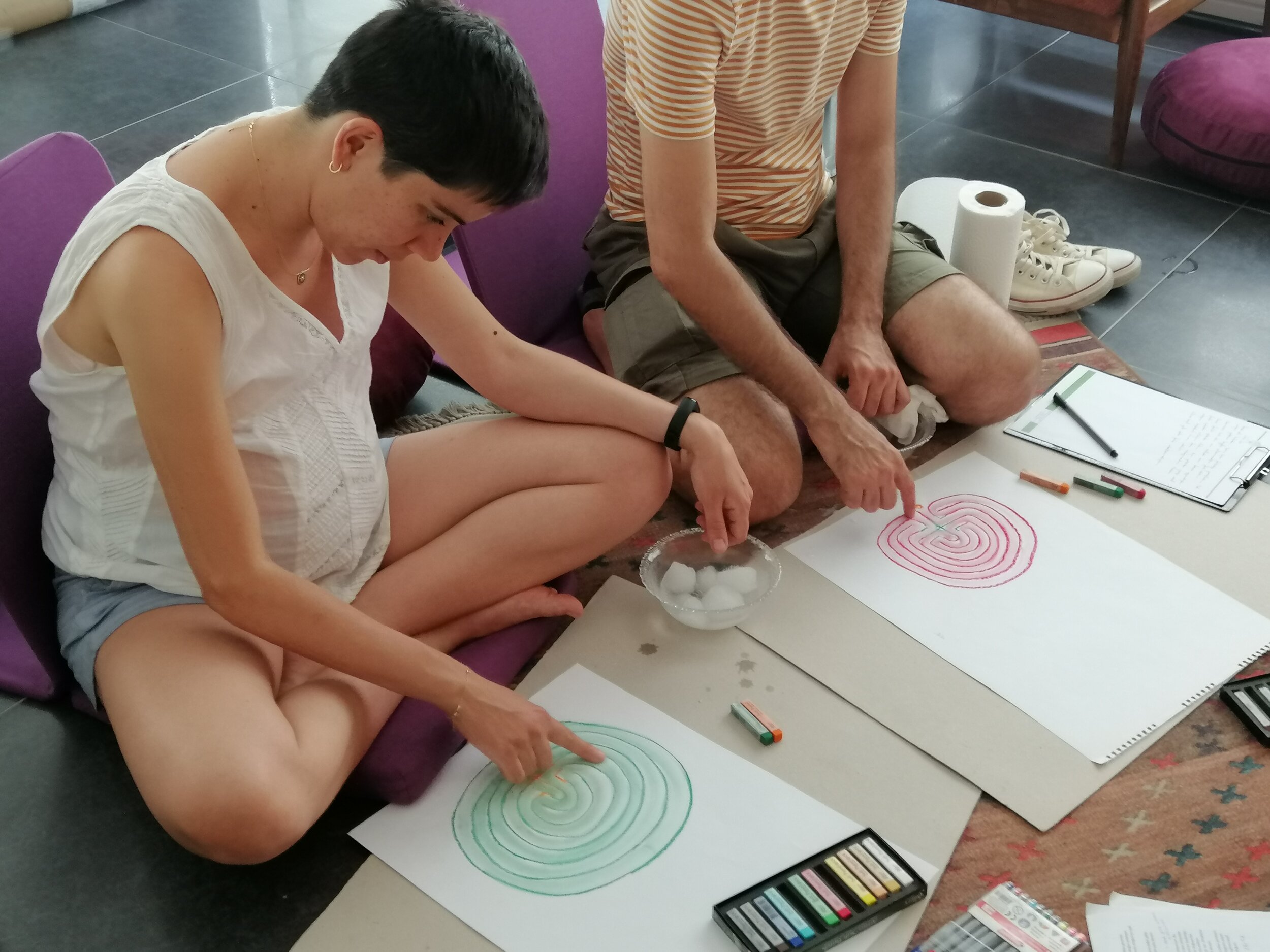
Each birth class may be designed according to the needs of the couples. The topics and activities that are covered in these fun, informative, and empowering classes are:
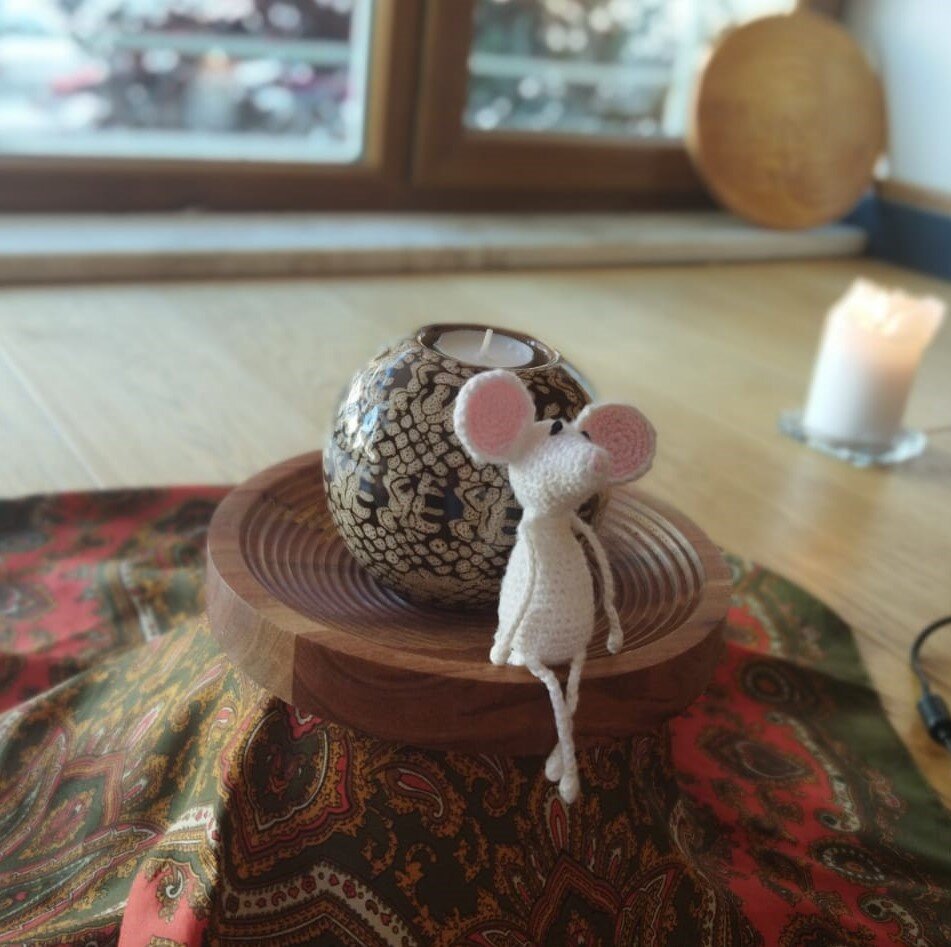
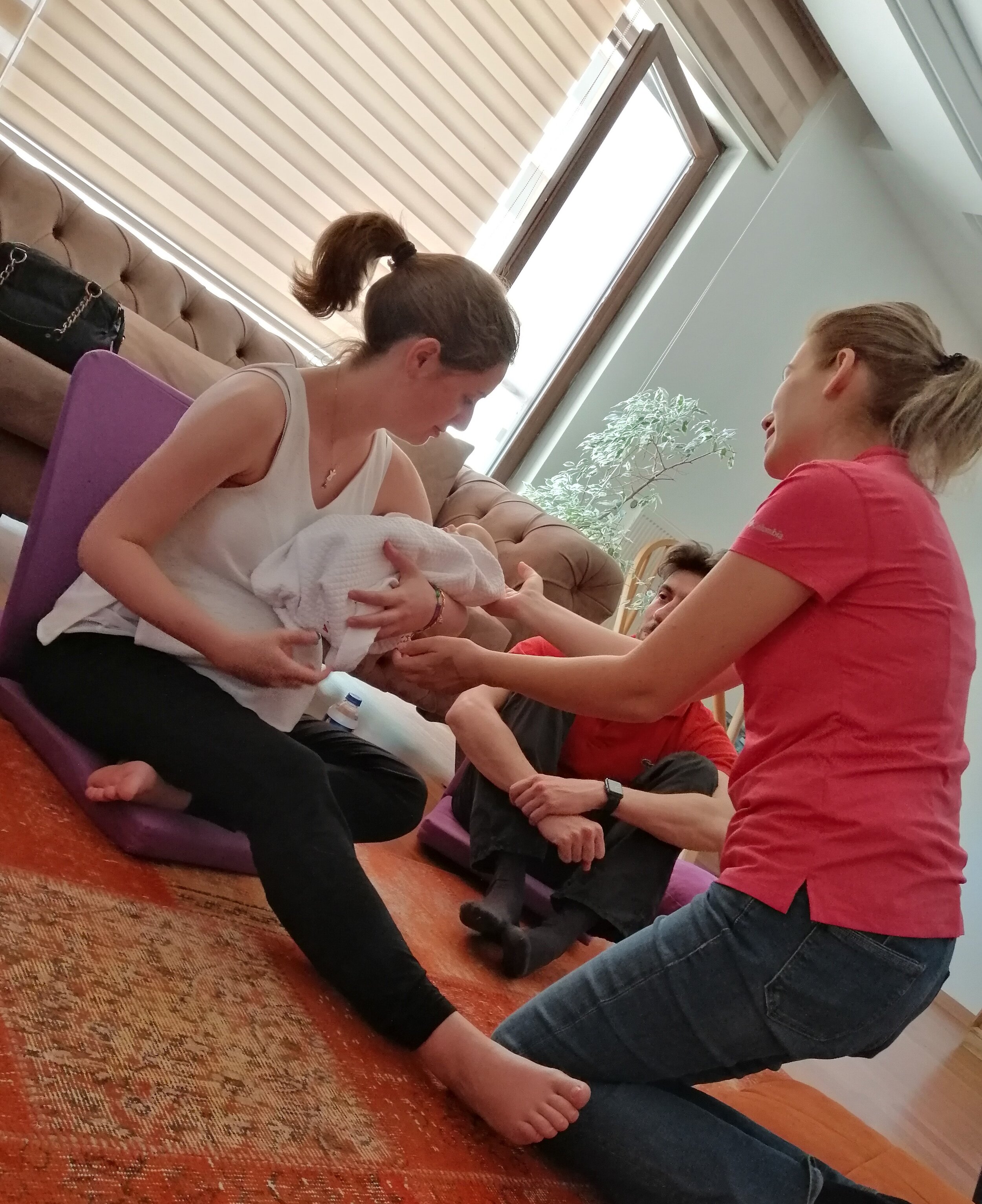
The Body’s Perfect Design
Stages of birth
When to call the doctor
A short movie on birth
Epidural and The Elk
Routine hospital procedures
Medical interventions
Slow birth
Natural stimulation of labour
Review of caesarean procedures
Preparing birth preferences
BRAIN (how to make informed decisions)
Creating a mindset for coping with pain
Practicing comfort measures: how to cope with contractions through breathing and relaxation
Birth Art
Getting the hospital bag ready
Getting ready for postpartum period
Skin to Skin Contact
Delayed Cord Clamping
Welcoming the baby + The first days
Breastfeeding Tips
Babywearing
As a birth doula, my main main role is to protect the holy and private environment the labouring mother needs, help her achieve the healthiest and most satisfying experience possible, and help the mother shift to Plan B as smoothly as possible in case of unexpected circumstances.
A doula also:
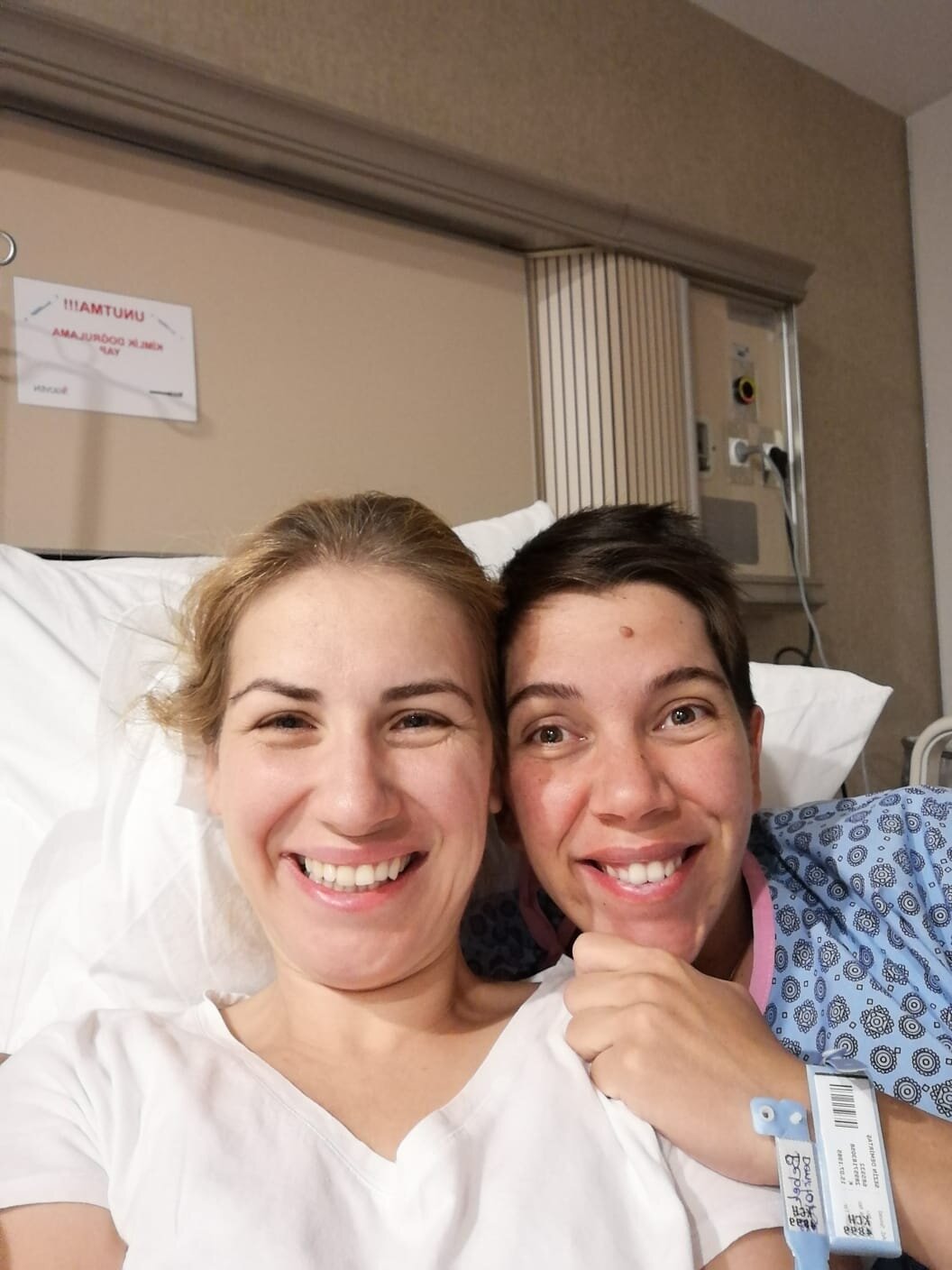
Birth might be fun.
informs the birthing woman (and her partner) about their options while creating their birth plan and supports their choices
gives continuous support during labour and birth, which the doctor or midwife may not provide due to their heavy workload
helps the birthing woman (and her partner) understand the general medical procedures and make informed decisions
comforts the woman physically at different stages of birth both at home and at hospital by giving her a massage, helping her find the most comfortable and efficient position, reminding her of the breathing techniques or taking her to shower
acts as a bridge between them woman and anyone around her
assists her with negotiation of her preferences
provides reassurance and encouragement
makes the birthing woman (and her partner) realize that everything is going right
supports the father and helps him become a part of the birth as much as he wants
What doesn’t a doula do?
A doula never decides on behalf of the birthing woman (and her partner).
She never recommends a medical procedure. She only supports the mother’s decisions and reminds her of her birth plan if necessary.
She never applies medical procedures. She never interferes in the business of medical staff.
She never speaks on behalf of mother but makes her voice heard as much as she can.
What services do I offer as a birth doula?
Before birth
My first aim is to learn about the needs and priorities, the worries or fears of the couple if there are any so that I can be more helpful for them.
As a birth doula, I usually meet with the couple two times before birth. In one of my visits, I may accompany the mother to one of the prenatal visits at the doctor’s office so that I have a chance to meet the doctor. If there is need, we can hold 1 or 2 more extra meetings.
I wait for the couple’s call 2 weeks before and after the due date. I inform the couple beforehand if I’m not available on any one of these days and introduce my back-up doula who will substitute me.
The couple can contact me via phone or e-mail whenever they need support.
During labour
I provide continuous physical, emotional and informational support. Some of the techniques I use are:

Heather at 9 cm
suggesting positions and changes to help ease pain and facilitate a smoother, more effective labour
reminding the expectant mother of breathing techniques
giving a massage
using non-pharmacological pain relief techniques
informing the couple about medical procedures
supporting the partner and helping him become a part of the birth as much as he wants.
My utmost goal is to support the decisions the couple makes as a family and help them to go through this magical period with comfort and peace. Unless there is an extraordinary condition, I support the couples right from the beginning to the end of labour.
I’d rather the couple informed me as soon as they feel that labour has started. I may go to the couple’s home when the expectant mother is in early labour to make her more comfortable as she works through contractions, and continue helping her through labour at the hospital or we may decide to meet at the hospital depending on the circumstances.
After birth
I usually stay approximately 2 hours after birth, until I feel that the new parents are comfortable and ready to spend silent and special time, and breastfeeding has started successfully. In the following first week after birth, I visit them once to see how they are and answer their questions.
]]>
A postpartum visit
It is clear that the importance of support, advice and assistance in the weeks and months following birth cannot be overemphasized. The ways in which the woman, baby, partner and siblings make the transition to a new family unit have a long-term impact on their physical and emotional health. The postpartum doula fills a large gap in maternity care and is able to facilitate a smooth and rewarding transition. Postpartum doula acts like the mother of not only the new mother but also the whole family. She provides non-medical support and companionship, assists with newborn care and sibling adjustment, meal preparation and household organization. The doula offers evidence-based information on newborn feeding, such as breastfeeding positions and the ways to increase milk supply, emotional and physical recovery from childbirth (either by giving the mother a massage or helping with the house chores) and other issues related to the postpartum period. Owing to this support, the new mothers usually trust themselves more, stay calm and peaceful, and heal faster.
What does a postpartum doula do?
A postpartum doula trusts a woman’s body and her ability to take care of her own body. In order to support the new mother, she informs the mother about what to expect from a newborn, on baby-soothing skills, offers comforting positions for feeding the baby, prepares nourishing food, gives a massage, makes use of meditation and breathing techniques. Also, she encourages mom and dad.
The doula can help friends and family members to foster and support the parenting decisions of the new parents. By modelling a deep respect for the wisdom and decision-making abilities of the new parents, she makes clear that supporting them in their own choices will have the best possible results. By dedicating herself to the family in this way, the doula validates and enhances the parents' intuitive ability to nurture and encourages them to develop and implement their own parenting style. In other words, the postpartum doula fills a large gap in maternity care and is able to facilitate the smooth and rewarding transition of the family.
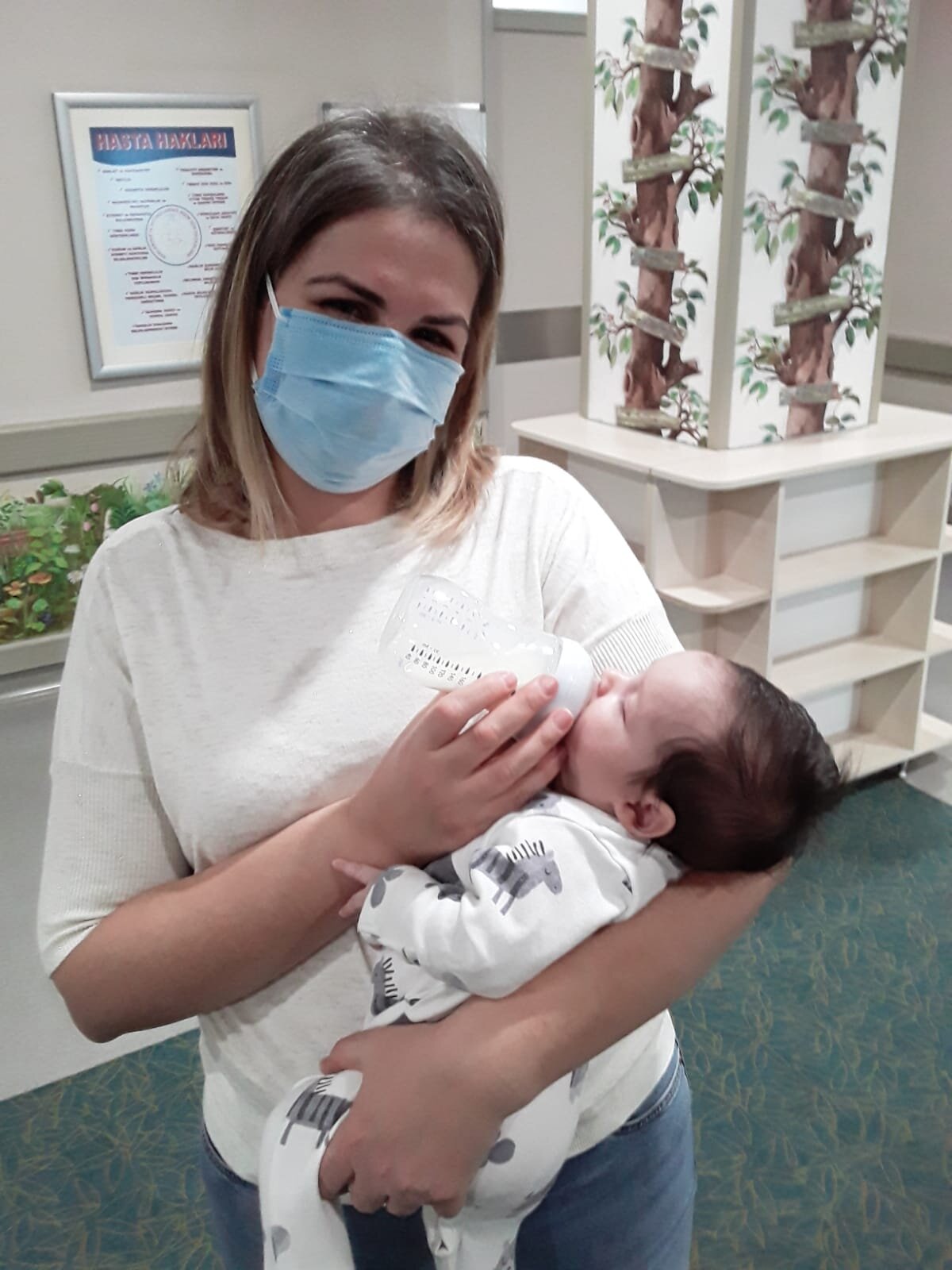
Visit to the hospital for Day 5 check-up
What are the duties of a postpartum doula?
A postpartum doula’s main role is to protect the holy and private environment the new mother needs, help her achieve the healthiest and most satisfying experience possible, and help the mother shift to Plan B as smoothly as possible in case of unexpected circumstances.
A postpartum doula also:
informs the new mother about her options while creating her postpartum plan
gives intermittent support starting from the 1st day and continuing till the 40th day (including light house chores and cooking),
helps her understand how a newborn looks like, and what her characteristics and needs are, and thus help the mother make informed decisions during her postpartum period,
comforts the mother both physically and psychologically at different times. For instance, she can give the mother a massage, help her find the most comfortable and efficient position for feeding, reminding her of the breathing practices,
enables her to enhance communication both within the family and with other support professionals,
provides reassurance and encouragement,
enables the mother to trust herself more,
makes the parents realise that everything is going right,
supports the father and helps him become a part of this period as much as he wants,
helps the new mother understand the medical procedures,
prepares a ceremony for the new parents on demand.
What does a postpartum doula not do?
A doula never decides on behalf of mom and dad.
She never applies medical procedures. She never interferes in the business of medical staff.
She never speaks on behalf of mom but makes her voice heard as much as she can.
Which services do I offer as a postpartum doula?
My postpartum doula package includes 7 visits (each lasting 2-3 hours). Before birth, I meet with the couple once to learn about their needs and priorities, their worries or fears if there are any to be able to help them more efficiently. I suggest some practices to empower them as new parents and to ease the transition and bonding with the baby. We also talk about their changing roles in the family and how they can adjust to their new role. My postpartum support starts right after birth. I visit the couple at the hospital and usually stay 1 or 2 hours after birth to check whether they need help with breastfeeding or with anything related to the mother and the baby. In the following first week after birth, I visit the new parents at least 3 times to see how they are and will be answering their questions regarding breastfeeding and the baby. I arrange the frequency and duration of the visits according to the needs of the new parents.
My postpartum doula service also includes infant gas massage, some practices for perineum, C-section scar healing, and psychological support during postpartum period. I try to support new parents as much as I can. Therefore, I sometimes prepare meals or do shopping for them.
]]>All CIMIs share the belief that every baby deserves respect, tenderness, warmth and a listening heart. Infant massage is a communication process that parents and babies share which promotes these values.
Infant Massage Class is a 5-week course designed for parents and babies from 0 to 12 months. The classes are held once a week and each class lasts about 2 hours. In each class parents work directly on their babies to learn and practice various infant massage techniques. Each week allows enough time for practice, theory and discussion. The class is intended to increase confidence, equip parents with new knowledge on how they can care for their baby, and create opportunities for bonding with their babies and socializing with other parents.
The curriculum has been developed by Vimala McClure, who is the founder of the IAIM. Vimala wants to spread infant massage to the world as she believes that massage:
is a key element in the bonding process
empowers and enriches families
is a means of having healthier societies
The curriculum involves much more than just the mechanics of a massage routine. Parents and babies are exposed to many different styles of touch, movement, interaction and communication. Most of the strokes, which are a combination of Swedish and Indian massage techniques, reflexology and yoga, were designed by her based on her experience and readings. Some of the topics that are covered during this class are:
A Group Massage Class
Foot Massage
The history of infant massage
Benefits of baby massage
Ideal conditions for massage
Different positions for parents and baby
How to start and end a massage
IAIM massage strokes
A cluster of baby cues
Reflexes of a new-born
Bonding and attachment
The role of oxytocin
Importance of skin
Oil preference
Why babies cry
3-step method to a crying baby
Colic gas routine
Gentle movements
Touch relaxation
Massage to older child
Massage to babies with special needs

Certificate Ceremony
Infant Massage has benefits not only for the baby, but also for the parents and society. Its benefits can be grouped into four categories: Interaction, Stimulation, Relief and Relaxation.
Interaction in Infant Massage may include:
Promotion of bonding and secure attachment
Verbal/non-verbal communication
Development of trust and confidence
Using all the senses
Feelings of love, respect, and being valued
Each massage may stimulate:
Circulatory and digestive systems
Hormonal and immune systems
Coordination and balance
Learning and concentration
Muscular development and growth
Mind and body awareness
Infant Massage helps relieve:
Gas and colic
Constipation and elimination
Growing pains and muscular tension
Teething discomfort
Cramps
Infant Massage promotes relaxation which may be shown through:
Improved sleep patterns
Increased flexibility and muscle tone
Regulation of behavioural states
Being calm and being able to calm oneself
Reduction in stress hormones


Reiki is a Japanese technique for healing, stress reduction and relaxation. It was developed by Mikao Usui in 1922; however, it has been practiced for more than 2500 years.
The word Reiki is made of two Japanese words: Rei, which means God's Wisdom or the Higher Power, and Ki, life force energy. In other words, Reiki is the "spiritually guided life force energy."
Reiki is administered by "laying on hands" and is based on the idea that an unseen "life force energy" flows through us and is what causes us to be alive.
It is believed that energy can stagnate in the body where there has been physical injury or even emotional pain. In time, these energy blocks can lead to a low life force energy, which might cause stress and illness. If this energy is high, we are more capable of being happy and healthy.
Reiki practitioners aim to improve the flow of energy and remove blocks to enable relaxation, relieve pain, speed healing, and reduce other symptoms of illness. It also works in conjunction with all other medical or therapeutic techniques to relieve side effects and promote recovery.
The ability to use Reiki is not taught in the usual sense but is transferred to the student during a Reiki class. This ability is passed on during an "attunement" given by a Reiki master and allows the student to tap into an unlimited supply of "life force energy" to improve one's health and enhance the quality of life.
Sedef Şener received her initiation to Reiki first degree in October 2018 from Sabiha Betül, who was initiated as a Reiki master by Horst and Edith Günther.
]]>
The ceremony is designed to bless the way of the woman with stories, songs, art and dance. A Mother Blessing traditionally opens with honouring each and everyone’s birthing ancestors and the journeys they embarked upon for each woman to be present at the ceremony that day. This activity gives the members a chance to get to know one another and become close. This event is very intimate, so it is a good idea to invite closest girlfriends, strongest sisters, and the wisdom of your feminine elders.
Some of the activities during a Mother Blessing are belly bump painting, creating birth affirmation flags, crafting special items for a birth altar, making flower crowns, drawing a sacred foot bath or offering massages to the mother-to-be.
A fear release session is usually incorporated in for the mother-to-be to express her deepest worries. Lastly, the group comes together for a blessing circle where they can celebrate the pregnant woman and share the nutritious snacks they have brought. I try to incorporate any of their family traditions, values, or spiritual beliefs into this circle practice.
In short, a Mother Blessing can take shape in many forms and its aims are to:
focus on the mother-to-be and bless her
honour the pregnant woman’s strength / creative power
support the new mom emotionally, physically, spiritually
give the women an opportunity to connect with each other as divine creative beings
give the women a chance to acknowledge the life changing effect of becoming a mother
A Mother Blessing is different from a Baby Shower in terms of focus. This ceremony is focused on the remarkable transformation of the pregnant woman, whereas a Baby Shower is full of gifts for the new life.
A Mother Blessing puts more emphasis on the emotional and spiritual aspects of the birth journey, while a Baby Shower emphasizes the physical or monetary gift giving aspects. Gifts may also be a part of a Mother Blessing, but it is not obligatory.